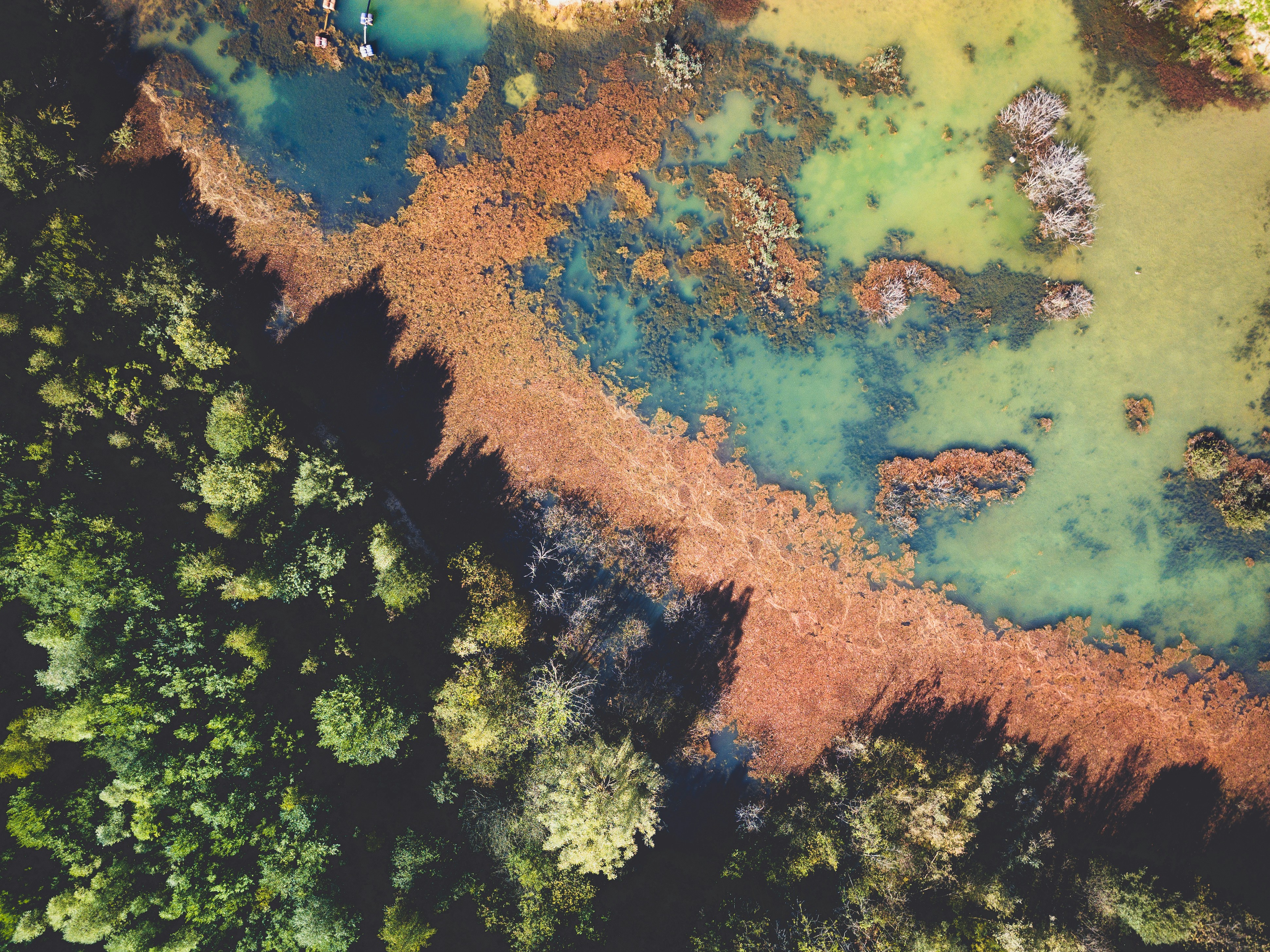The Unseen Consequences: Hurricanes and Florida’s Wildlife
Hurricanes are notorious for their destructive power, often leaving communities and infrastructure in ruins. However, the impact of hurricanes on wildlife and ecosystems is a less visible but equally important consequence. Florida, with its unique biodiversity, faces significant challenges each hurricane season. The repercussions on animals and habitats can be devastating, triggering a chain reaction that affects the entire ecosystem.
Immediate Aftermath: The Shockwave
The immediate impact of hurricanes on wildlife is often catastrophic. High winds and flooding can displace animals, destroy habitats, and reduce food availability. Birds, for instance, may be forced to leave their nests prematurely, while aquatic life can suffer from changes in water salinity and quality. The disruption is especially hard on species with limited ranges or specialized habitats.
During these turbulent times, it’s crucial for local authorities and non-profit organizations to collaborate on emergency response training. Proper training can facilitate quicker and more effective responses to wildlife emergencies, reducing the immediate impact on animal populations.
Case Study: The Florida Everglades
The Florida Everglades is a prime example of an ecosystem heavily influenced by hurricanes. The wetlands act as natural buffers, absorbing excess rain and floodwaters, but they are also susceptible to severe damage. After a major hurricane, the mangrove forests and sawgrass marshes may take years to recover, affecting everything from wading birds to alligators.
Restoration efforts can be aided by technological advancements such as drones and AI for predictive hurricane modeling, which can forecast the extent of damage and help in deploying resources effectively. Learn more about these innovations here.
Long-Term Impact: The Ripple Effect
While the immediate aftermath of a hurricane is devastating, the long-term effects on wildlife and ecosystems can be even more profound. The disruption of breeding cycles, alteration of food chains, and introduction of pollutants into the environment can have lasting consequences.
Breeding Cycles and Population Decline
Breeding cycles can be significantly disrupted by hurricanes. Species that breed in specific seasons may miss their window, leading to population declines. This is particularly concerning for endangered species, which already have low population numbers and specific breeding requirements.
Community-based programs focusing on resilience training for first responders can play a vital role in mitigating these effects. Training volunteers to understand and assist in wildlife rescue operations can help protect vulnerable species.
Pollution and Habitat Loss
Hurricanes can introduce a myriad of pollutants into natural habitats. Chemicals from industrial sites, sewage, and debris can contaminate waterways and soil, leading to long-term health issues for wildlife. Habitat loss due to flooding and erosion can also permanently alter the landscape, making it uninhabitable for certain species.
Community Involvement and Mitigation Strategies
Local communities can take proactive steps to mitigate these effects. Initiatives like coastal clean-up drives and habitat restoration projects can significantly reduce the negative impact on ecosystems. Collaborating with local government agencies can also provide the necessary resources and expertise to execute these projects effectively.
For those interested in contributing, volunteering opportunities are often available during hurricane season. Organizations like HelpNow frequently organize community efforts to clean up and restore damaged areas. You can join our volunteer programs to make a difference.
The Path Forward: A Collective Responsibility
Addressing the impact of hurricanes on wildlife and ecosystems is a collective responsibility. Governments, non-profits, and local communities must work together to create effective strategies for mitigation and recovery. This includes everything from improving building codes and creating early warning systems to educating the public on the importance of environmental stewardship.
Role of Non-Profit Organizations
Non-profits play a crucial role in these efforts. By providing training, resources, and coordination, organizations like HelpNow help communities better prepare for and respond to the environmental impacts of hurricanes. Our courses and training programs are designed to empower individuals and communities to take proactive steps in wildlife conservation and disaster preparedness.
For more information on how you can contribute, consider visiting our donation page or subscribing to our newsletter for updates on upcoming projects and initiatives.
Conclusion: Every Effort Counts
The impact of hurricanes on wildlife and ecosystems is a complex issue that requires a multi-faceted approach. While the challenges are significant, coordinated efforts can lead to meaningful change. By understanding the long-term consequences and taking proactive measures, we can help protect Florida’s unique biodiversity for future generations.
Together, we can make a difference. Learn more about how you can get involved by visiting our contact page or joining our upcoming training sessions.

